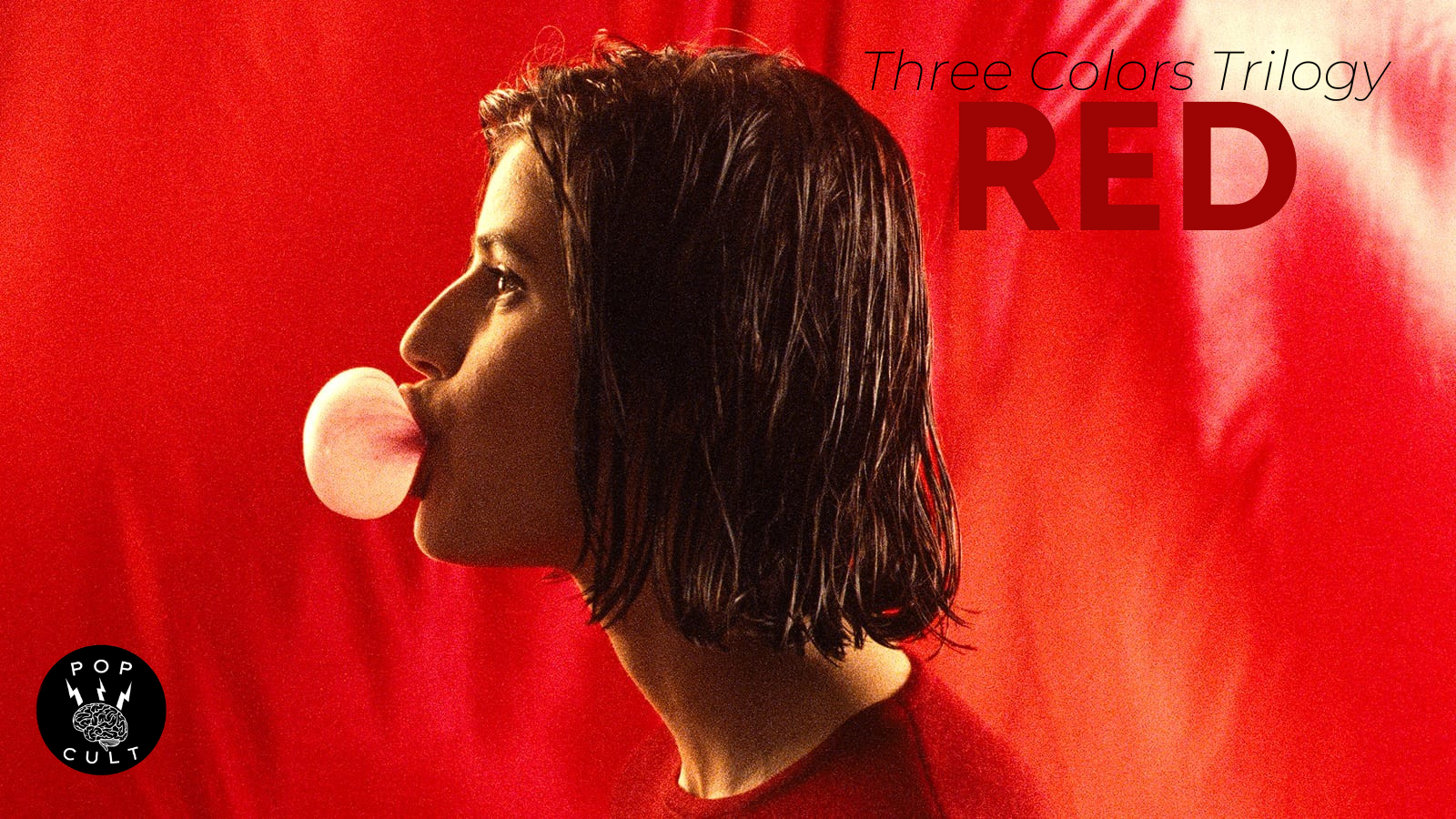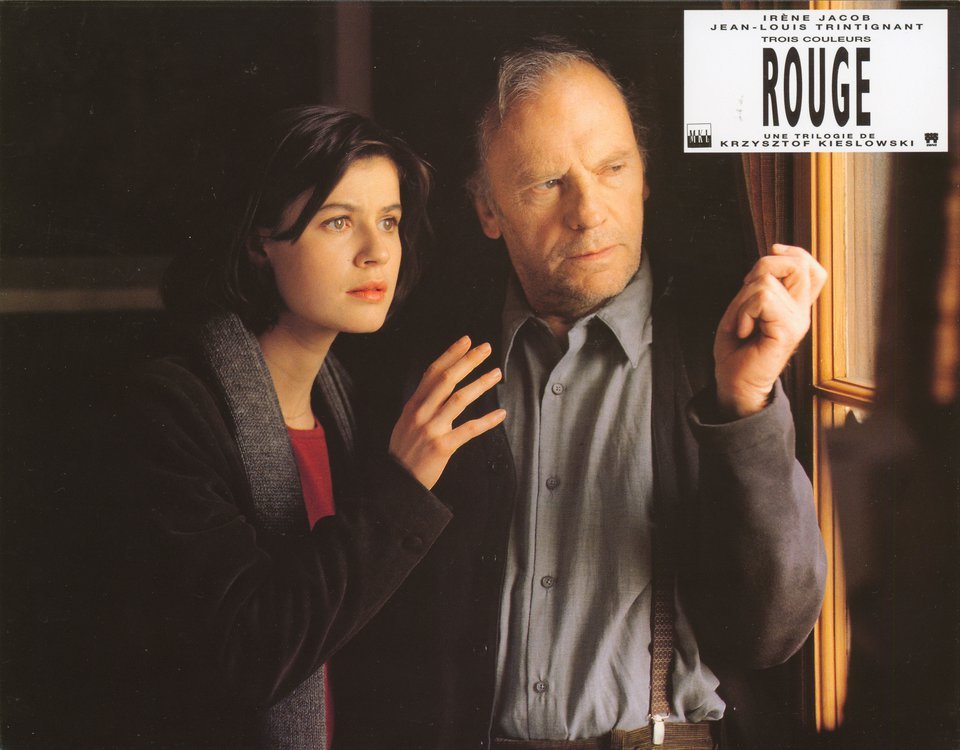Three Colours: Red (1994)

“Three Colours: Red” (1994) is a poignant drama film directed by Krzysztof Kieślowski, a prominent Polish filmmaker. It is the final installment of his trilogy “Three Colours,” which explores the ideals of the French Revolution. The trilogy also includes “Blue” (1993) and “White” (1994), with each film representing one of the colors of the French flag, symbolizing the revolutionary principles of liberty, equality, and fraternity. “Red” focuses on the theme of fraternity and the connections between people.
The film follows Valentine, a young model who lives in Geneva, Switzerland. Her life intersects with that of an elderly, retired judge named Joseph Kern, who secretly eavesdrops on his neighbors’ phone conversations. Valentine accidentally runs into Joseph after hitting his dog with her car. Over time, a complex relationship develops between them, as Valentine becomes involved in Joseph’s world and uncovers his painful past. Meanwhile, the film presents several other intertwined stories, exploring human connections and the bonds that form between strangers.
The central theme of “Red” is fraternity, one of the key principles of the French Revolution. Kieślowski examines the idea of human interconnectedness, showing how people’s lives can intersect in meaningful ways, often through chance encounters. Despite the apparent separation between Valentine and Joseph, their shared experiences reflect the larger theme of empathy, understanding, and compassion that unites individuals across different walks of life. The film suggests that true human connection transcends age, status, and past history.

Kieślowski’s use of color plays a crucial role in the storytelling. Red, the color associated with the French Revolution’s principle of fraternity, is prevalent throughout the film, symbolizing both love and the deeper ties that bind people. The cinematography is beautifully crafted, with long, contemplative shots and close-ups that capture the emotional depth of the characters. The contrast between light and shadow also reflects the moral dilemmas faced by the characters, as well as the dualities of human nature.

Joseph Kern’s character is one of the most complex in the film. His obsession with eavesdropping on his neighbors’ private lives is both disturbing and fascinating, reflecting his isolation and deep sense of loss. The judge’s actions, though morally questionable, are portrayed in a way that invites the audience to understand his pain and his search for meaning in life. The dog, which is central to the film’s beginning, symbolizes the idea of fate and the unpredictable nature of life. Its presence ties the characters’ lives together, emphasizing the randomness of human interaction.

“Three Colours: Red” is a powerful exploration of the French Revolution’s ideals, particularly the concept of fraternity. Kieślowski weaves a complex narrative that invites the audience to reflect on the ways in which lives are intertwined. The film’s rich themes of love, loss, and connection are beautifully conveyed through its stunning visuals and deep character development. As the final film in the “Three Colours” trilogy, “Red” offers a thoughtful and moving conclusion to Kieślowski’s exploration of human nature and the revolutionary ideals that shaped the modern world.











